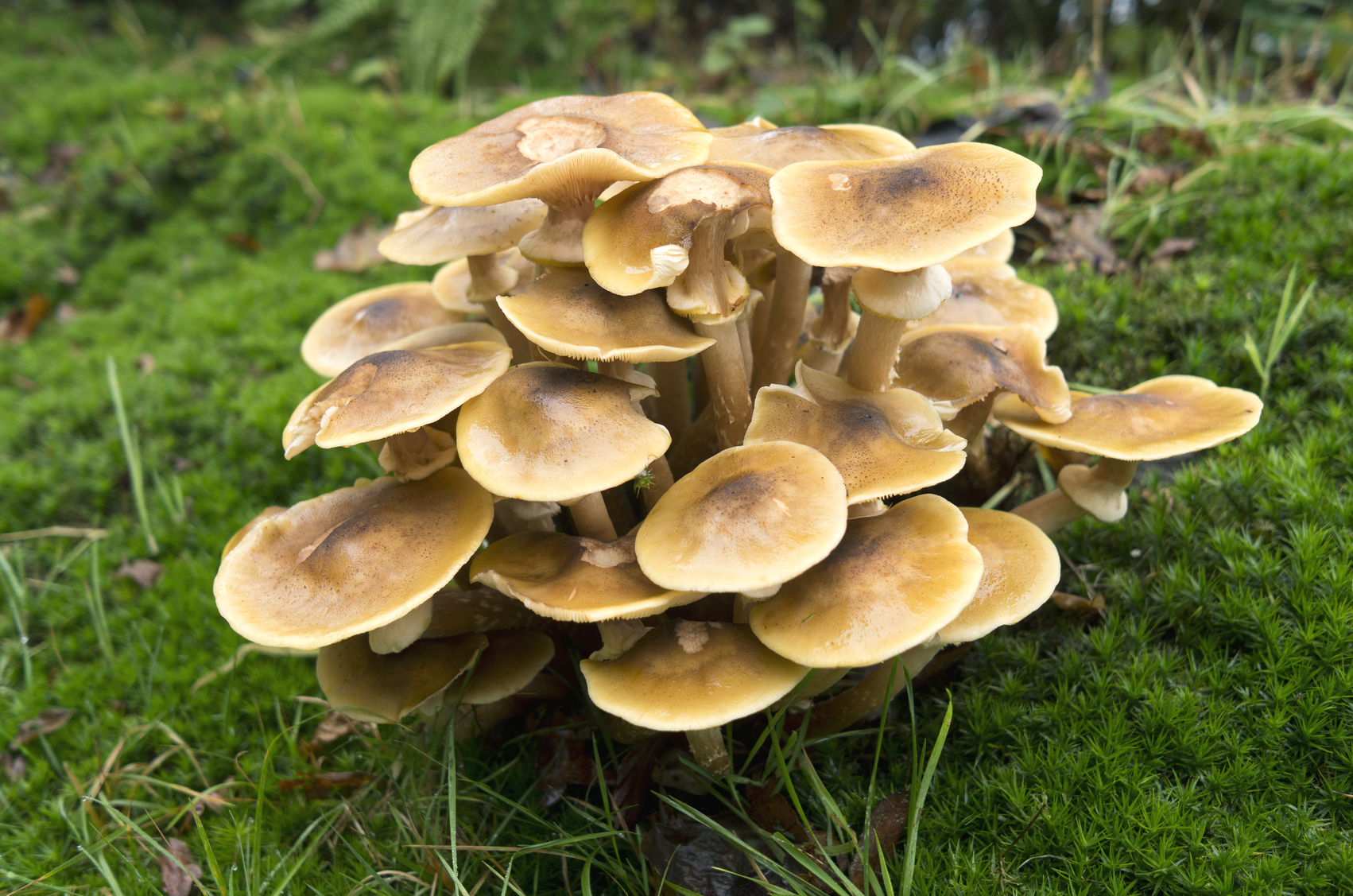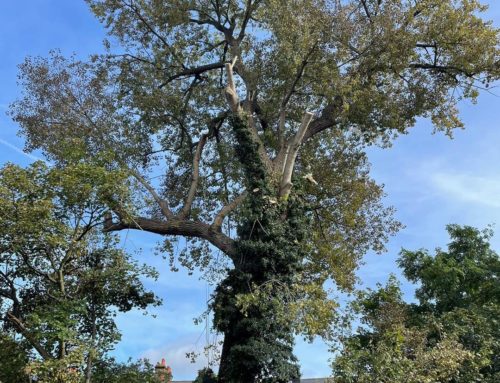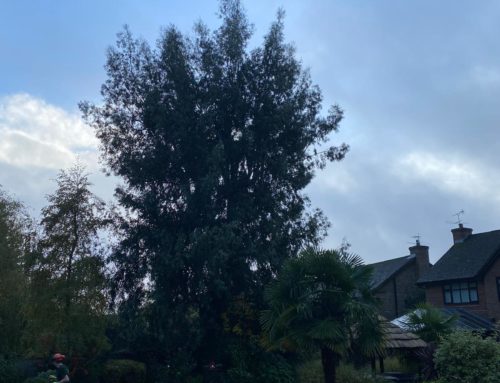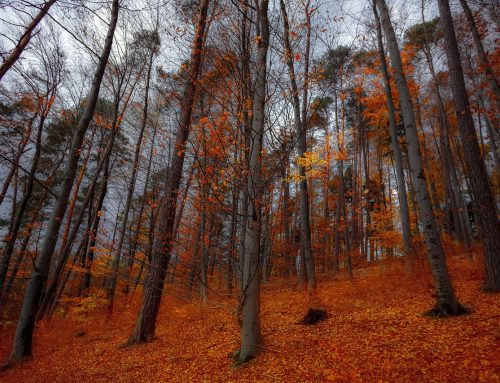What is Honey Fungus?
Honey fungus is the common name given to several different species of fungi (Armillaria) that attack and kill the roots of many trees and perennial plants. The most characteristic symptom of honey fungus is white fungal growth between the bark and wood usually at ground level. Clumps of honey-coloured toadstools sometimes appear briefly on infected stumps in autumn. It is the most destructive fungal disease in UK gardens. Honey fungus can attack nearly all woody and herbaceous perennials and no plants are completely immune, but some have very good resistance.
Symptoms of Honey Fungus
Some of the symptoms of Honey Fungus you may see:
Honey Fungus above ground:
- Upper parts of the plant die. Sometimes suddenly during periods of hot dry weather, indicating failure of the root system; sometimes more gradually with branches dying back over several years
- Smaller, paler-than-average leaves
- Failure to flower or unusually heavy flowering followed by an unusually heavy crop of fruit (usually just before death)
- Premature autumn colour
- Cracking and bleeding of the bark at the base of the stem
- If suitable conditions permit, mushrooms are produced in autumn from infected plant material
Honey Fungus below ground:
- Dead and decaying roots, with sheets of white fungus material (mycelium) between bark and wood, smelling strongly of mushrooms. This can often be detected at the collar region at ground level, and rarely spreads up the trunk under the bark for about 1m (3¼ft). This is the most characteristic symptom to confirm diagnosis
- Rhizomorphs (see images 2, 3 and 4 below) are often difficult to detect especially for the most pathogenic species and they are particularly difficult to find in the soil
Control of Honey Fungus
There are currently no chemicals available for control of honey fungus and if honey fungus is confirmed, the only effective remedy is to excavate and destroy, by burning or landfill, all of the infected root and stump material. This will destroy the food base on which the rhizomorphs feed and they are unable to grow in the soil when detached from the infected material.
Non-chemical control
To prevent honey fungus spreading to unaffected areas, a physical barrier such as a 45cm (18in) deep vertical strip of butyl rubber (pond lining) or heavy-duty plastic sheet buried in the soil will block the rhizomorphs. It should protrude 2-3cm (about 1in) above soil level. Regular deep cultivation will also break up rhizomorphs and limit spread.





